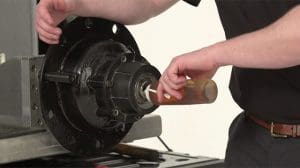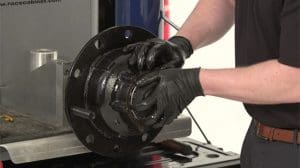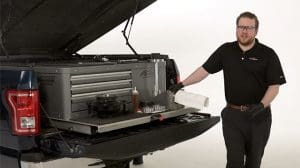Bearings are at the heart of commercial trucking. Inferior quality can cost far more than the money it saves. Thankfully, STEMCO has long been recognized within the heavy-duty truck industry as a quality supplier of premium wheel end products. Our heavy-duty bearings deliver unmatched quality and reliability and are part of our promise of Making the Roadways Safer.
The purpose of this Roadway Resources is to inform our customers of the proper removal and installation methods for STEMCO heavy-duty bearings. We will be referencing the following STEMCO PDFs:
Bearing Removal
STEP 1
Remove hub/wheel assembly from vehicle in accordance with recommended practices.
STEP 2
Remove inboard and outboard bearing cones and set aside for inspection.
STEP 3
Using a mild steel drift or cup driver, carefully drive out the bearing cups.
- Caution should be used when driving bearing cups, as drifts and other tools can damage bearings.
- Drifts can damage hub bearing bores. Be careful not to score bores while removing cups, especially when using aluminum hubs.
Bearing Inspection
STEP 1
Inspect the hub bearing bores and shoulders for damage. The bores should be smooth and free from scoring, burrs, indications of cup spinning, or other forms of damage. Remove any burrs or raised areas using emery cloth, a file, or other appropriate tool.
STEP 2
Measure the bearing cup bore and compare to manufacturer specifications.
STEP 3
Inspect bearing cups and cones for damage. Bearings should be free from chips, contamination, and signs of excessive wear or excessive heat. Refer to bearing damage analysis literature for identifying possible bearing issues.
STEP 4
Inspect axle spindle bearing journals for any signs of damage or excessive wear. Remove any raised areas or burrs using emery cloth, a file, or other appropriate tool.
STEP 5
Journals should be measured and compared with manufacturer specifications.
Bearing Installation
STEP 1
Thoroughly clean bearing cups and cones prior to installation.
- Do not use compressed air to spin bearing rollers as injury may result if the cage does not retain the rollers.
STEP 2
Lightly coat the outside of bearing cups with oil.
STEP 3
Using a cup driver, carefully drive bearing cups into hub bearing bores. Be
sure to drive cup firmly against cup shoulder in hub.
- If a cup driver is not available, a mild steel drift can be used to install bearing cups.
- Caution should be used when driving bearing cups, as drifts and other tools can damage bearings.
- NEVER use a bearing cone to drive a bearing cup. This can damage the bearings and cause premature failure.
STEP 4
Use a feeler gauge to check for gaps between cup and shoulder.
STEP 5
Inspect bearing cups to ensure no damage occurred during installation.
STEP 6
Lubricate bearing cones according to recommended practices and proceed with installation of wheel assembly.
If you would like more information on STEMCO heavy-duty bearings, visit our product page.
To access our full library of Roadway Resources, click here.
For in-depth articles covering industry news and trends, product spotlights, case studies, customer insights, and “thought leadership” topics from STEMCO professionals, visit The Wheelhouse Blog.


